“7 Live View Tech Innovations Transforming Data”

What Are Live View Technologies?
Live view technologies refer to advanced systems and software that allow users to monitor and interact with real-time data. Unlike traditional data processing methods, which often involve batch processing and delays, live view technologies provide instantaneous insights, enabling immediate responses and actions.
Key Benefits of Live View Technologies
- Immediate Insights: Instant access to data allows for faster decision-making.
- Enhanced Accuracy: Real-time data reduces the risk of outdated or incorrect information.
- Improved Efficiency: Automation and live monitoring streamline processes and workflows.
- Better Customer Experience: Instant feedback and adjustments enhance user satisfaction.
1. Real-Time Data Dashboards
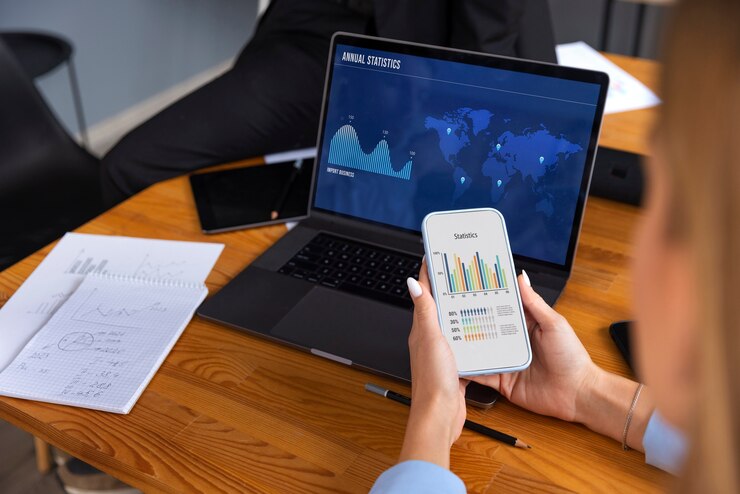
What Are Real-Time Data Dashboards?
Real-time data dashboards are interactive visual displays that provide up-to-the-minute updates on various metrics and KPIs. They aggregate data from multiple sources and present it in an easily digestible format.
Key Features
- Customizable Widgets: Tailor the dashboard to show relevant metrics.
- Live Data Feeds: Continuous updates ensure data accuracy.
- Interactive Graphs and Charts: Visualize data trends and patterns.
Applications
- Business Intelligence: Monitor sales, customer engagement, and operational performance.
- Network Monitoring: Track network traffic and detect anomalies.
- Financial Services: Observe market trends and financial indicators.
- Example Tool: Tableau
2. Real-Time Analytics Platforms
What Are Real-Time Analytics Platforms?
These platforms process and analyze data as it is generated, providing actionable insights almost instantly. They are crucial for industries where timely information is critical.
Key Features
- Advanced Algorithms: Use machine learning and AI to identify patterns and predict trends.
- Scalability: Handle large volumes of data without performance degradation.
- Integration: Connect with various data sources and systems.
Applications
- E-commerce: Monitor customer behavior and adjust marketing strategies in real-time.
- Healthcare: Track patient vitals and improve clinical decision-making.
- Manufacturing: Optimize production processes and reduce downtime.
- Example Tool: Google BigQuery
3. Live Video Surveillance Systems
What Are Live Video Surveillance Systems?
These systems offer real-time video feeds and analytics, enhancing security and monitoring capabilities.
Key Features
- High-Resolution Cameras: Provide clear and detailed images.
- Live Streaming: View footage in real-time from anywhere.
- Analytics Integration: Use facial recognition and motion detection.
Applications
- Security: Monitor premises and detect unauthorized access.
- Retail: Analyze customer behavior and optimize store layout.
- Transportation: Oversee traffic conditions and enhance safety.
- Example Tool: Axis Communications
4. Real-Time Collaboration Tools

What Are Real-Time Collaboration Tools?
These tools enable teams to work together simultaneously, regardless of location, with live updates and communication features.
Key Features
- Instant Messaging: Facilitate quick communication among team members.
- Document Sharing: Edit and review documents in real-time.
- Video Conferencing: Host live meetings and discussions.
Applications
- Project Management: Streamline workflows and track progress.
- Creative Projects: Collaborate on design and content creation.
- Example Tool: Slack
5. IoT (Internet of Things) Sensors
What Are IoT Sensors?
IoT sensors collect and transmit data from physical objects in real-time, providing valuable insights into various environments and systems.
Key Features
- Continuous Monitoring: Track conditions and performance metrics.
- Data Integration: Connect with other systems for comprehensive analysis.
- Predictive Maintenance: Forecast equipment failures and schedule repairs.
Applications
- Smart Homes: Monitor energy usage and enhance home automation.
- Agriculture: Track soil conditions and optimize irrigation.
- Healthcare: Measure patient metrics and alert medical staff to changes.
- Example Tool: Bosch IoT Suite
6. Real-Time Marketing Platforms
What Are Real-Time Marketing Platforms?
These platforms enable marketers to engage with customers in the moment, using live data to drive targeted campaigns and personalized experiences.
Key Features
- Behavioral Targeting: Tailor messages based on user actions and preferences.
- Live Campaign Adjustments: Modify campaigns based on real-time performance data.
- Analytics and Reporting: Track campaign effectiveness and ROI.
Applications
- E-commerce: Optimize promotions and offers based on current trends.
- Social Media: Engage with users and respond to interactions in real-time.
- Email Marketing: Personalize messages and timing based on user behavior.
- Example Tool: HubSpot
7. Real-Time Location Tracking
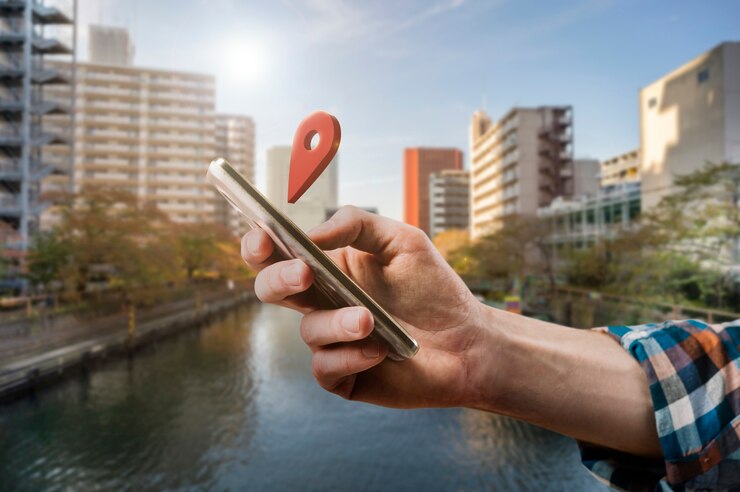
What Is Real-Time Location Tracking?
This technology provides up-to-the-minute location data for people, vehicles, or assets, enhancing visibility and control.
Key Features
GPS Integration: Accurate tracking using satellite technology.
- Geofencing: Set virtual boundaries and receive alerts when crossed.
- Historical Data: Analyze past locations and movements.
Applications
- Fleet Management: Monitor vehicle locations and optimize routes.
- Event Management: Track attendees and ensure smooth operations.
- Retail: Analyze foot traffic and optimize store layouts.
How to Implement Live View Technologies
Implementing live view technologies can be transformative, but it requires careful planning and execution. Here’s a step-by-step guide to help you integrate these technologies effectively:
1. Assess Your Needs
Before adopting any live view technology, identify the specific needs and objectives of your organization. Consider the following questions:
- What data or metrics are most critical to your operations?
- Which processes would benefit from real-time monitoring and analytics?
- What are your budget constraints and technical capabilities?
2. Choose the Right Technology
Select the technology that best aligns with your needs. For instance:
- Data Dashboards are ideal for visualizing multiple data sources in one place.
- Real-Time Analytics Platforms are suitable for industries requiring instant data processing.
- IoT Sensors work well for environments needing constant monitoring of physical conditions.
3. Integrate with Existing Systems
Compatibility and data integration are crucial for smooth operations. Look for solutions that offer:
- APIs for easy integration.
- Support for multiple data formats and sources.
- Scalability to accommodate future growth.
4. Train Your Team
Proper training is essential for maximizing the benefits of live view technologies. Provide comprehensive training to your team on:
- How to use the technology effectively.
- Interpreting real-time data and metrics.
- Troubleshooting common issues.
5. Monitor and Optimize
Regularly monitor the performance of your live view systems and optimize them as needed. Key activities include:
- Reviewing performance metrics to ensure the technology meets your objectives.
- Collecting user feedback to identify areas for improvement.
- Updating software and systems to incorporate new features and enhancements.
Real-World Case Studies
1. Retail: Enhancing Customer Experience with Live View Technologies
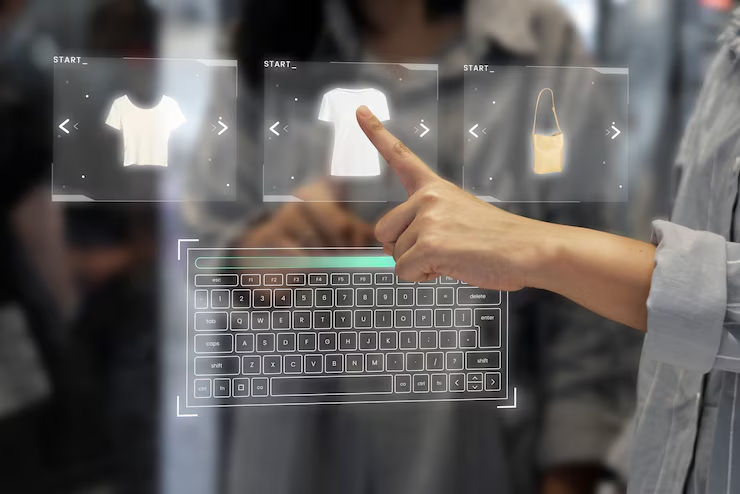
Retailers are using real-time data dashboards and video surveillance systems to improve customer service and optimize store layouts. For example:
- Walmart uses real-time analytics to monitor inventory levels and adjust stocking in real-time, reducing out-of-stock situations and improving customer satisfaction.
- Zara employs live video surveillance to analyze foot traffic patterns, allowing for more effective store layout designs and promotional displays.
2. Healthcare: Revolutionizing Patient Care
In healthcare, real-time analytics and IoT sensors are transforming patient monitoring:
- Cleveland Clinic utilizes real-time data dashboards to monitor patient vitals, enabling rapid responses to changes in patient conditions and improving care quality.
- Medtronic integrates IoT sensors into medical devices to track patient metrics and predict potential issues before they become critical.
3. Manufacturing: Optimizing Production Processes
Manufacturers are leveraging live view technologies for better efficiency and reduced downtime:
- General Electric employs real-time analytics to monitor machinery performance, predicting maintenance needs and preventing costly breakdowns.
- Siemens uses live video surveillance to oversee production lines and ensure compliance with safety and quality standards.
Challenges and Considerations
1. Data Security
With the implementation of live view technologies, data security becomes a major concern. Ensure that your systems have robust security measures, such as:
- Encryption for data transmission and storage.
- Access controls to limit data access to authorized personnel.
- Regular security audits to identify and address vulnerabilities.
2. Data Overload
The sheer volume of real-time data can be overwhelming. Implement strategies to manage data effectively, including:
- Prioritizing key metrics and alerts to focus on critical information.
- Using data visualization tools to simplify complex data sets.
- Employing AI and machine learning to automate data analysis and highlight important trends.
3. Cost and Complexity
Live view technologies can be costly and complex to implement. Consider:
- Cost-benefit analysis to ensure the investment aligns with your business goals.
- Phased implementation to manage costs and complexity gradually.
- Choosing scalable solutions that can grow with your needs.
Future Trends in Live View Technologies
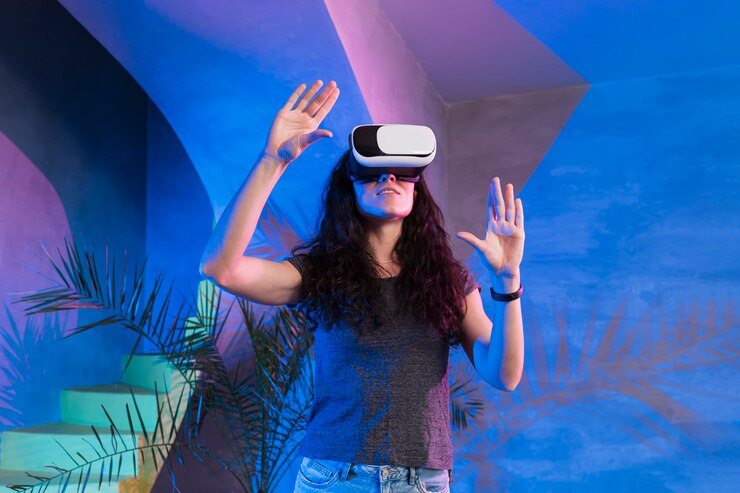
The future of live view technologies promises exciting developments. Key trends to watch include:
1. AI-Driven Insights
Artificial intelligence will increasingly drive real-time analytics, providing deeper insights and predictive capabilities. AI algorithms will enhance the accuracy of data interpretation and decision-making processes.
2. Integration with Augmented Reality (AR) and Virtual Reality (VR)
AR and VR technologies will offer immersive ways to interact with real-time data. For example, AR can overlay data visualizations in physical environments, while VR can create virtual control rooms for monitoring complex systems.
3. Enhanced IoT Capabilities
IoT sensors will become more advanced, offering greater precision and connectivity. Expect improvements in sensor accuracy, battery life, and integration with other technologies.
4. Blockchain for Data Security
Blockchain technology may be used to enhance data security and integrity in real-time systems. By providing a decentralized and tamper-proof ledger, blockchain can ensure the authenticity and reliability of real-time data.
FAQs
1. What are the main advantages of using live view technologies?
The main advantages include immediate insights, enhanced accuracy, improved efficiency, and a better customer experience.
2. How do real-time data dashboards benefit businesses?
Real-time data dashboards provide businesses with customizable and interactive visual displays, allowing for faster decision-making and improved operational monitoring.
3. Can real-time analytics platforms handle large volumes of data?
Yes, real-time analytics platforms are designed to process and analyze large volumes of data efficiently, using advanced algorithms and scalable architectures.
4. What industries benefit most from live video surveillance systems?
Industries such as security, retail, and transportation benefit significantly from live video surveillance systems due to enhanced monitoring and analysis capabilities.
5. How can IoT sensors be used in agriculture?
IoT sensors in agriculture can monitor soil conditions, track irrigation needs, and optimize farming practices for better yields and resource management.
Conclusion
The impact of live view technologies is profound, offering real-time insights that drive better decision-making, enhance operational efficiency, and improve overall performance across various industries. By understanding and leveraging these technologies, businesses can stay ahead in an increasingly data-driven world.
External Link:
For more information about ; vist : https://www.simplilearn.com/


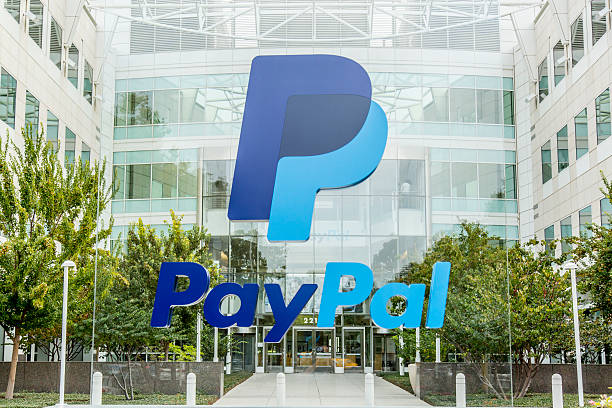

Your article helped me a lot, is there any more related content? Thanks!
Your article helped me a lot, is there any more related content? Thanks!
Your article helped me a lot, is there any more related content? Thanks!
Thank you for your sharing. I am worried that I lack creative ideas. It is your article that makes me full of hope. Thank you. But, I have a question, can you help me?
Your point of view caught my eye and was very interesting. Thanks. I have a question for you.
Can you be more specific about the content of your article? After reading it, I still have some doubts. Hope you can help me.
Your point of view caught my eye and was very interesting. Thanks. I have a question for you.
I don’t think the title of your article matches the content lol. Just kidding, mainly because I had some doubts after reading the article.
Thanks for sharing. I read many of your blog posts, cool, your blog is very good.
Thanks for sharing. I read many of your blog posts, cool, your blog is very good.
I don’t think the title of your article matches the content lol. Just kidding, mainly because I had some doubts after reading the article.
I don’t think the title of your article matches the content lol. Just kidding, mainly because I had some doubts after reading the article.
Thank you for your sharing. I am worried that I lack creative ideas. It is your article that makes me full of hope. Thank you. But, I have a question, can you help me?
I don’t think the title of your article matches the content lol. Just kidding, mainly because I had some doubts after reading the article.
Can you be more specific about the content of your article? After reading it, I still have some doubts. Hope you can help me.
Thanks for sharing. I read many of your blog posts, cool, your blog is very good.
I don’t think the title of your article matches the content lol. Just kidding, mainly because I had some doubts after reading the article.
Your article helped me a lot, is there any more related content? Thanks!
Can you be more specific about the content of your article? After reading it, I still have some doubts. Hope you can help me.
Thanks for sharing. I read many of your blog posts, cool, your blog is very good.
Looking for best amazon research tools? Here is the complete guide: https://bit.ly/Amz-Sales-Tool-Guide
Can you be more specific about the content of your article? After reading it, I still have some doubts. Hope you can help me. https://accounts.binance.com/ru-UA/register?ref=OMM3XK51
Your point of view caught my eye and was very interesting. Thanks. I have a question for you.
25 Easy Steps To Make Your Website Faster – https://digitalfinds.reviewfriendly.com/make-your-website-faster/
Thank you for your sharing. I am worried that I lack creative ideas. It is your article that makes me full of hope. Thank you. But, I have a question, can you help me? https://accounts.binance.com/pt-BR/register-person?ref=YY80CKRN
Thank you for your sharing. I am worried that I lack creative ideas. It is your article that makes me full of hope. Thank you. But, I have a question, can you help me?
Thanks for sharing. I read many of your blog posts, cool, your blog is very good.
Your article helped me a lot, is there any more related content? Thanks! https://www.binance.info/register?ref=P9L9FQKY
Your article helped me a lot, is there any more related content? Thanks! https://www.binance.com/da-DK/register?ref=V2H9AFPY
I don’t think the title of your article matches the content lol. Just kidding, mainly because I had some doubts after reading the article. https://www.binance.info/ar/register?ref=V2H9AFPY
Your article helped me a lot, is there any more related content? Thanks! https://www.binance.info/bg/register?ref=V2H9AFPY
Your point of view caught my eye and was very interesting. Thanks. I have a question for you. https://www.binance.info/da-DK/register-person?ref=V2H9AFPY
I don’t think the title of your article matches the content lol. Just kidding, mainly because I had some doubts after reading the article.
Thank you for your sharing. I am worried that I lack creative ideas. It is your article that makes me full of hope. Thank you. But, I have a question, can you help me?